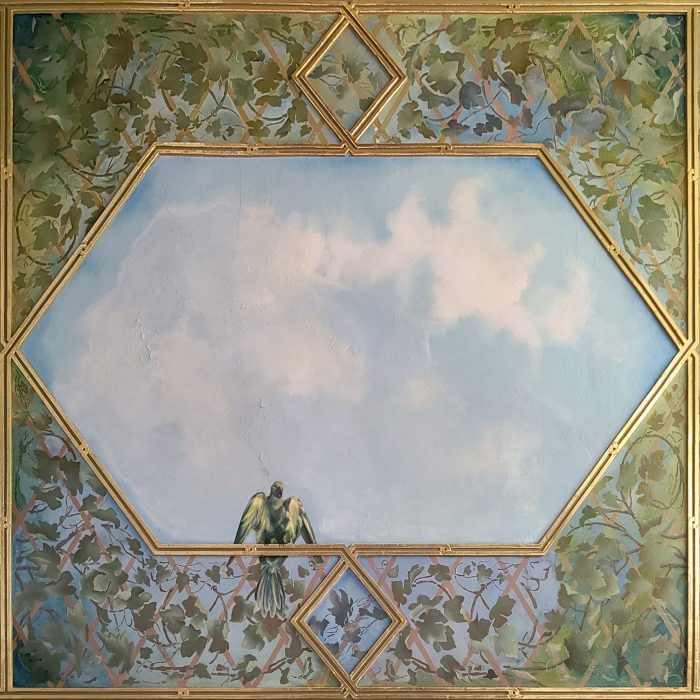Did you know…
…the Smithsonian was one of the first museums to create a unique experience for children?

In 1899, Secretary Samuel P. Langley began creating a gallery space in the Smithsonian Castle just for children. It was filled with brightly colored natural history exhibits in specially designed cases that set the items within a child’s view. All the objects were given poetic English descriptions, rather than the Latin labels commonly found on museum displays at that time. And in the center of the room stood a large aquarium and birdhouse filled with exotic specimens.
While the spirit of the Children’s Room is now spread out across the institution, visitors to the Smithsonian Castle can still see many of space’s original artistic touches, including murals created by interior designer Grace Lincoln Temple.

Why does it matter?
By the turn of the 20th century, a growing share of society felt that childhood should be an idyllic time set aside for education and enjoyment. Secretary Langley believed that a child’s innate curiosity and wonder could be the foundation for a lifelong love of learning:
“[The Children’s Room] must be a cozy, pleasant room with plenty of light and pretty things, as well as a collection of specimens not many in number, but each object chosen just to give the child pleasure… the child goes home at last, glad, and with knowledge, and the love of knowledge in his heart. He is happy, and, because [his curiosity] has been aroused, he has learned.”
Since this early time, museums across the globe have created welcoming spaces where children can participate in enriching activities, exercise their imaginations, and engage in hand-on discovery. Today, the Smithsonian carries forward a legacy of inspiring young learners through a variety of museum experiences both in person and online!


How can I learn more?
Explore more of the details and design behind the Children’s Room with images and history from the Smithsonian’s Office of Architectural History and Historic Preservation.
Discover some of the programs and spaces across the Smithsonian that foster education and wonder in children of all ages:
- Young visitors become inventors at the Draper Spark!Lab. Activities developed by the Lemelson Center for the Study of Invention and Innovation at the Smithsonian’s National Museum of American History invite children to collaborate, experiment, and create their own prototypes.
- Weekly Play Dates at the Smithsonian’s National Museum of Natural History encourage early learning audiences and their caregivers to practice science skills together through stories, objects, and art.
- The Smithsonian American Art Museum’s Family Zone shares at-home crafts, activities, and videos based on the museum’s collections and timely themes.
- Hirshhorn Kids unleashes budding artists with regular on-site Art Cart and Maker Morning programming. The Smithsonian’s Hirshhorn Museum and Sculpture Garden also has a wealth of artistic activities and art history explorations that children and teens can try out at home.
This post was originally published by the Smithsonian’s Office of Advancement in the Sept. 8 edition of Smithsonian News.
Posted: 14 September 2022
-
Categories:
Art and Design , Education, Access & Outreach , Feature Stories , History and Culture







